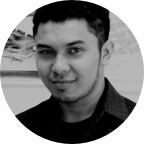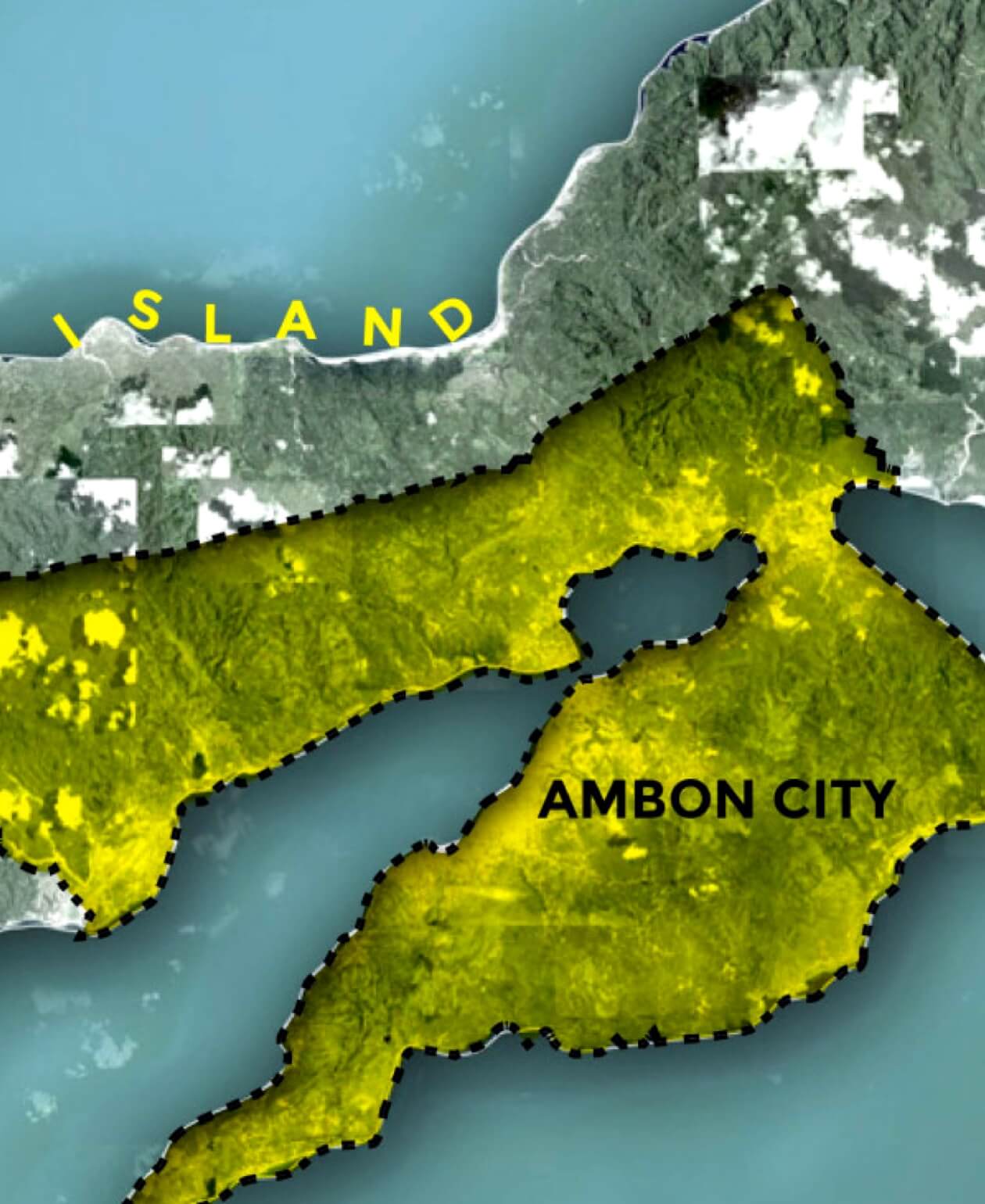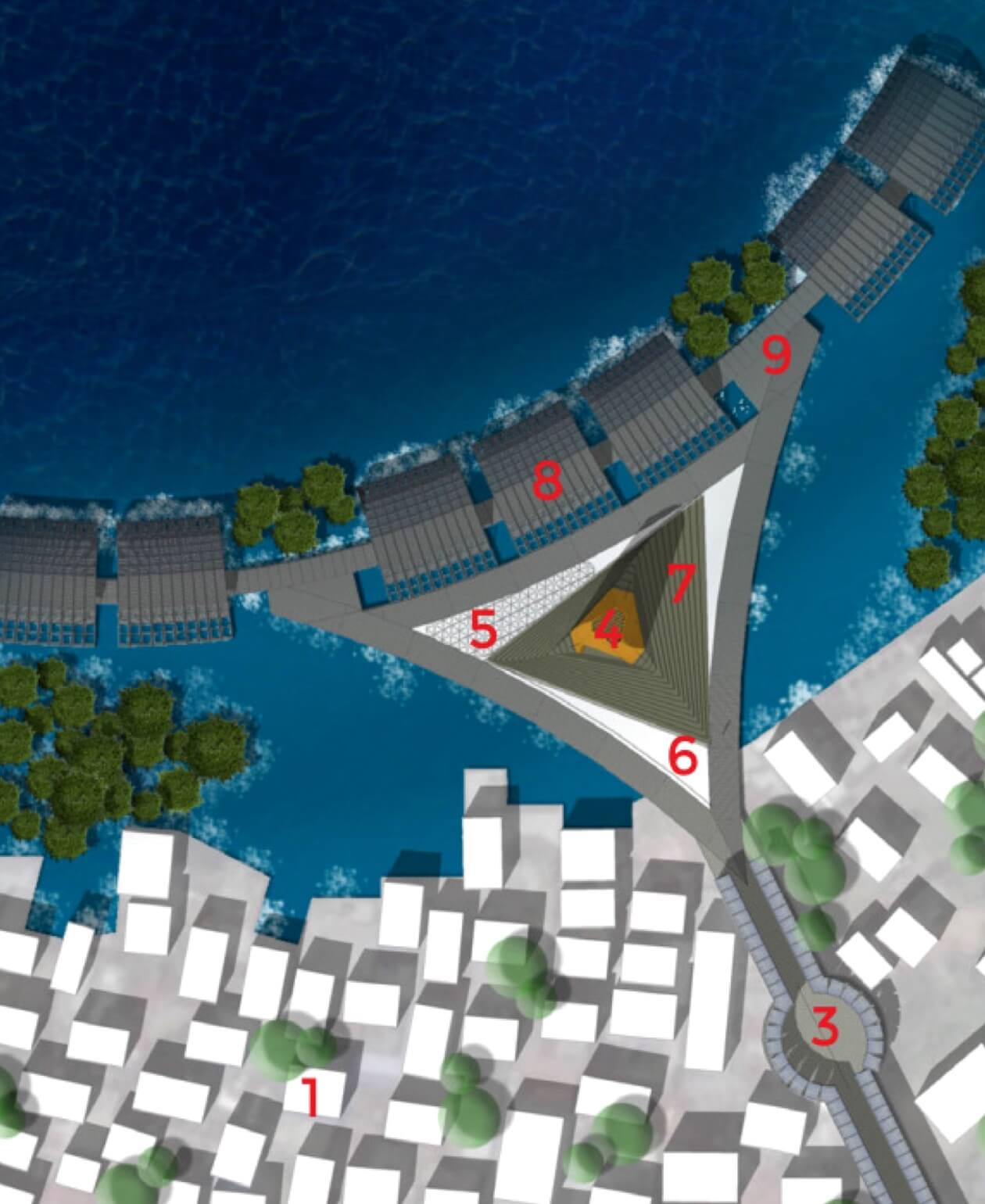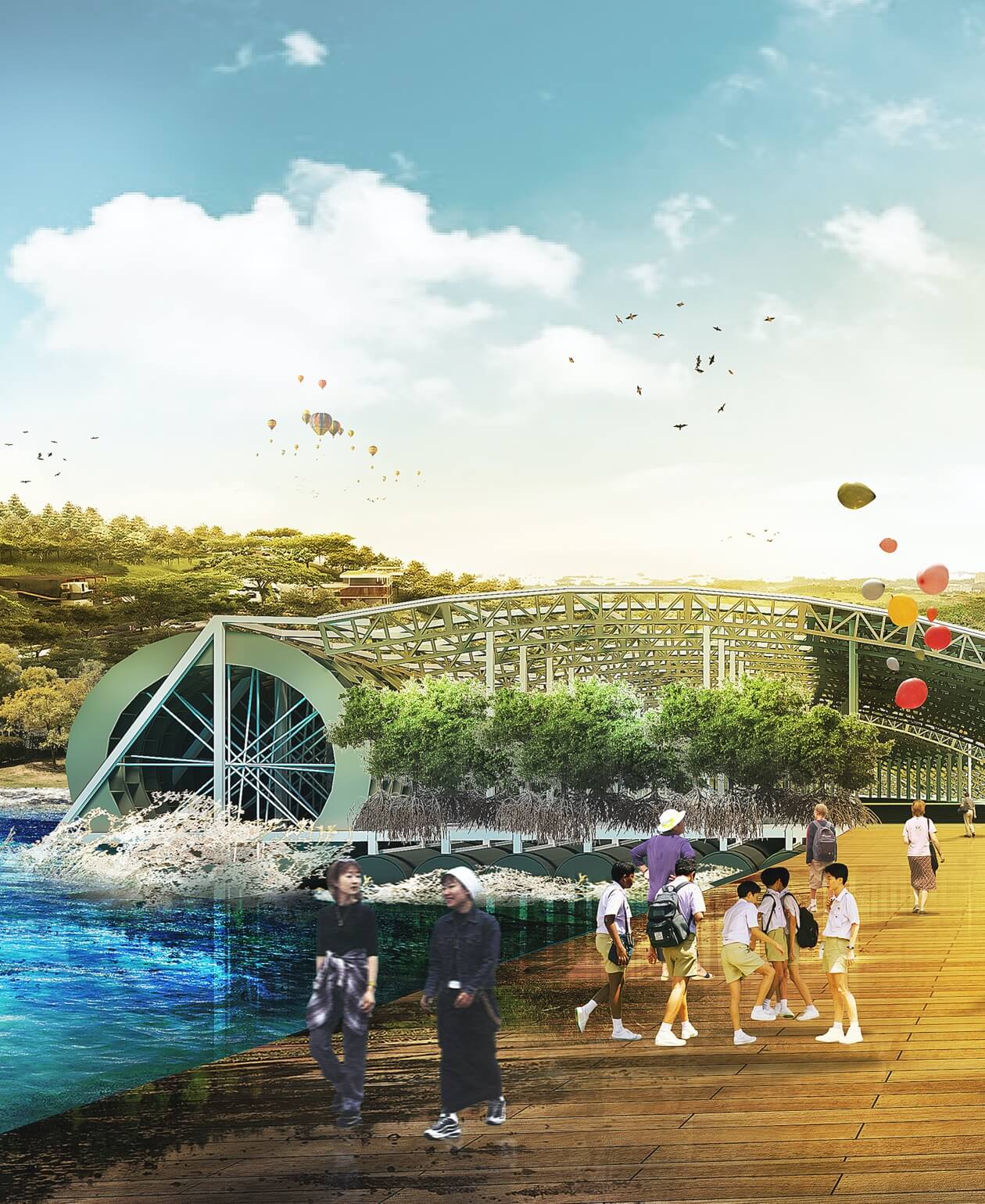Floating Salawaku

Finalists
Faris Rajak KotahatuhahaGraduated from Islamic University of Indonesia, 2012
Joined Airmas Asri Architects, 2012 – 2018
Sole Practitioner Architect 2018 – present
International Winning Architect – ASA International Design Competition 2019
About Project
This project was proposed in order to support the tourism function in the post-conflict Ambon city in the 1999-2003 period. Although the people of Ambon City have lived peacefully until present day, but it still leaves a segregation of settlements between Muslims and Christians. Basically, Ambon is a very beautiful seaside city, and has excellent tourism potential. But so far, the thing which has hampered the development of tourism and investment, is the instability of post-conflict social conditions. It can be said, investors are still afraid that the same conflict will recur, so that it will stifle investment and tourism.
This project is the problem solver that combines the conceptualization of Public space to increase the interaction of 2 different communities and Ecological arrangement due to the threat of abrasion. The project aims to unite and enhance the interaction of the two communities, by banging them on the problem of abrasion that must be faced together, which can eventually become an 'embryo' for the development of Ambon city tourism. Because the city government is aware, to develop tourism in Ambon city, stability of civilization is the key, then it must be start by uniting the two communities with a high index of interaction. Creative approach in this design is how we ‘force’ them to work together against other 'enemies', so that the interaction between the two communities is stronger than before.
There are several physical forms that we do in the design, including; Public space, planting mangrove forests, waterwheels for energy, fish farming for consumption, and seawater desalination for community use. It called "salawaku", which in Ambon means "shield". This design is a shield for both communities from ecological threats in the form of abrasion, and shields from social threats in the form of provocation. The design approach that created in this project is expected to be a pilot project for other cities in the world, especially those with conflict backgrounds to lead up to the resilient civilization for the better future.
This ambitious project connects a dramatic global, socio-political issue of ethnic conflict with an environmental one and by solving the latter seeks to create a mechanism to re-establish a conversation between separated, conflicting communities. The jury gives this a special commendation given its bold and innovative attempt to address complex issues in new ways.




